BENGAL GRAM (CHANA DAL)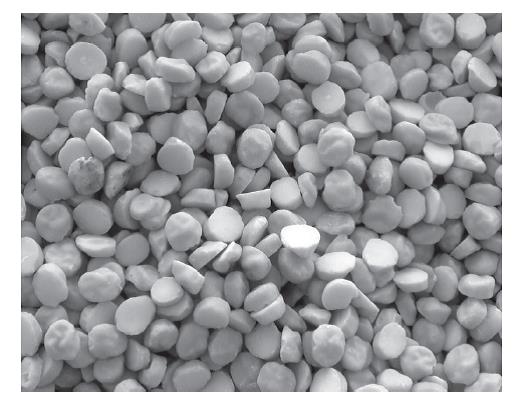
Mention which group of food it (Bengal gram) belongs to.
Pulses
Mention its nutritive value.
• Protein—17.1 g per 100 g
• Fat—5.3 g per 100 g
• Calories—360 per 100 g
Rich in minerals and B group vitamins such as riboflavin and thiamine.
How do you improve its nutritive value?
The nutritive value of all pulses can be improved by
• Germination (unsplit form only)
• Fermentation
What are the limiting amino acids in it?
• Methionine
• Cysteine
Which amino acid it is rich in?
• Lysine
RED GRAM (TUVAR OR ARHAR)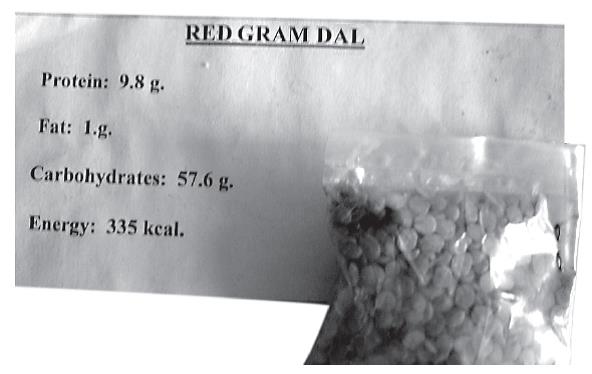
How many kilocalories do we get by consuming 100 g of red gram?
335 calories per 100 g
How many grams of protein and fat do we get by consuming 100 g of this?
• Protein content—22.3 g per 100 g
• Fat content—1.7 g per 100 g
Which is the limiting amino acid in this food article?
• Methionine
• Cysteine
What is its role in nutritional rehabilitation?
The multipurpose food used in National Nutrition Programs is prepared by mixing 75% groundnut flour (after fat extraction) and 25% roasted red gram flour.
Which item is feared to contaminate red gram?
There is a fear of contamination with Khesari dal (Lathyrus).
Which health hazard results from consumption of contaminated dal?
Long-term consumption of contaminated dal leads to
• Neurolathyrism in humans
• Osteolathyrism in animals
Which toxin is responsible for causing neurolathyrism?
Beta oxalyl amino alanine (BOAA)
Which states are endemic for lathyrism?
• Madhya Pradesh
• Uttar Pradesh
• Bihar and
• Odisha
GREEN GRAM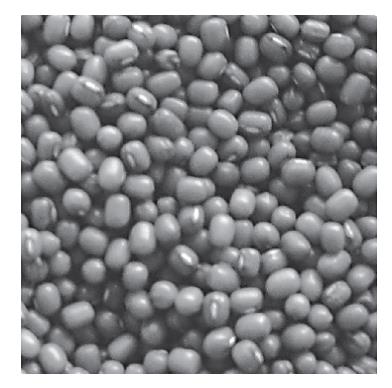
Which group of food it (green gram) belongs to?
Pulses
What is its protein content?
• Protein content—24 g per 100 g
• Fat content—1.2 g per 100 g.
• Energy—348 g per 100 g
BLACK GRAM DAL (URAD DAL)
Which group of food it (black gram) belongs to?
Pulses
What are its protein, fat content, and caloric value?
• Protein—24 g per 100 g
• Fat content—1.2 g per 100 g
• Energy—348 g per 100 g
RAJMA (Kidney Beans)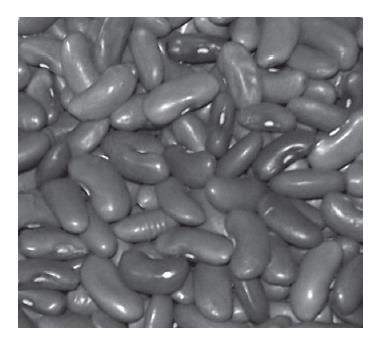
What are the limiting amino acids in it (rajma)?
• Methionine
• Cysteine
What is its nutritive value?
• Protein—22.3 g per 100 g
• Fat—1.3 g per 100 g
• Energy—346 calories per 100 g
SOYA BEAN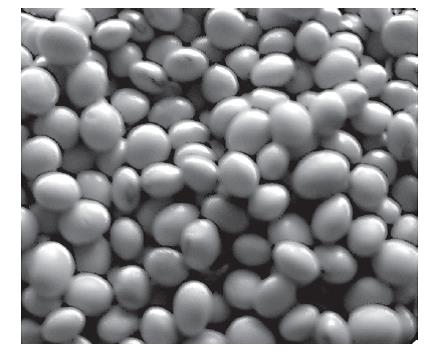
Which group of food it (soya bean) belongs to?
Pulses
(One common mistake that the students make is that they assume that soya bean is synonymous with soya nuggets.)
What are its protein content, fat content, and caloric value?
• Protein—43.2 g per 100 g
• Fat content—19.5 g per 100 g
• Calories—432 per 100 g
How does it differ from animal protein?
Its protein is not biologically complete. It is deficient in methionine.
Why is soya bean considered as the "queen” of all legumes?
• Soya bean is nutritionally the richest among pulses. It has about 40% protein, 20% fat, and 4% of minerals.
• Its protein has the higher nutritive value compared to other dals.
• It has high content of iron.
• It is rich in carotene, lysine, and folic acid.
• Soya bean oil is one of the few oils which are rich in alpha-linolenic acid and linoleic acid.
The nutritional value of commonly used pulses has been summarized in the Table above
How are soya chunks different from soya beans?
Soya chunks are made from soya flour after the oil has been extracted (defatted flour).
(It has been commonly observed that students make the mistake of confusing soy chunks with soya bean. Soya bean is a natural legume, whereas soya chunks are made by processing defatted soya flour.)
References:
1. Park K. Nutrition and health. In: Park's Textbook of Preventive and Social Medicine, 24th ed. Jabalpur, India: M/S Banarasidas Bhanot Publishers; 2017.
2. Gupta RK. Major foods and their nutritive value. In: Vaidya R, Tilak R, Gupta R, Kunte R, editors. Text Book of Public Health and Community Medicine, 1st ed. Pune, India: Dept. Community Medicine, AFMC, in collaboration with WHO, India office, Delhi; 2009: 741-9.
3. GOI. Min. of Food Processing Industry. Available at: http://mofpi.nic.in/EDII_AHMD/Cereal_Pulse/16 Texturised Soya Protein.pdf. Accessed November 30, 2011.
Ghee, Butter and Vanaspati Ghee: http://www.ihatepsm.com/blog/ghee-butter-and-vanaspati-ghee
Common Vegetable Oils used in India:http://www.ihatepsm.com/blog/common-vegetable-oils-used-india
Nutrition in an Egg: http://www.ihatepsm.com/blog/nutrition-egg
Nutritive Value of Milk: http://www.ihatepsm.com/blog/nutritive-value-milk
Nutritional Value of Commonly Consumed Nuts: http://www.ihatepsm.com/blog/nutritional-value-commonly-consumed-nuts
Nutritive Value of Common Dals used in India: http://www.ihatepsm.com/blog/nutritive-value-common-dals-used-india
Nutritional Value of Common Cereals: http://www.ihatepsm.com/blog/nutritional-value-common-cereals
Terms used in Family Health Study: Definitions and Explanations: http://www.ihatepsm.com/blog/terms-used-family-health-study-definitions-...
